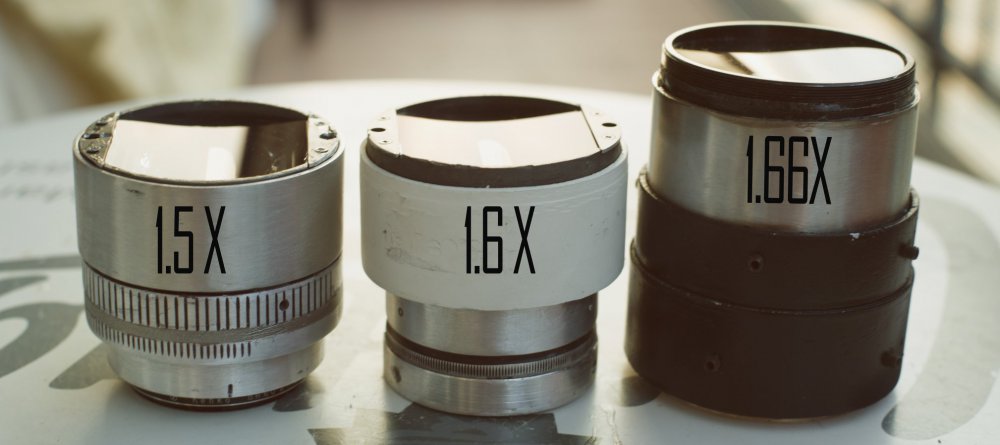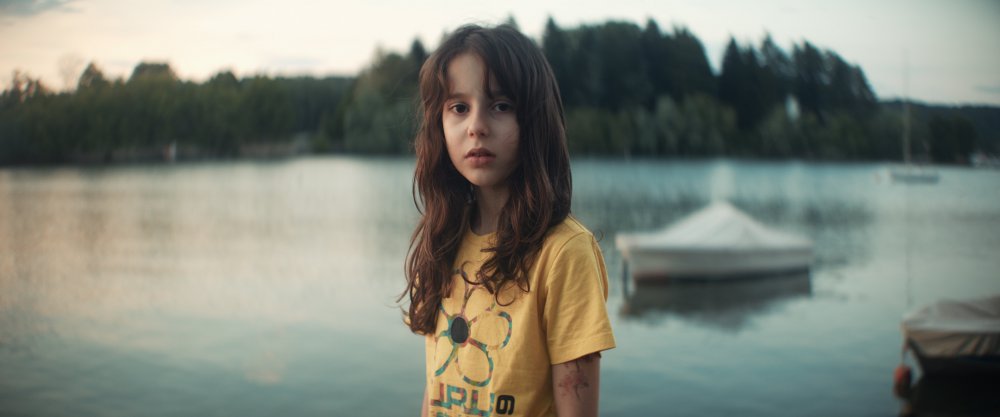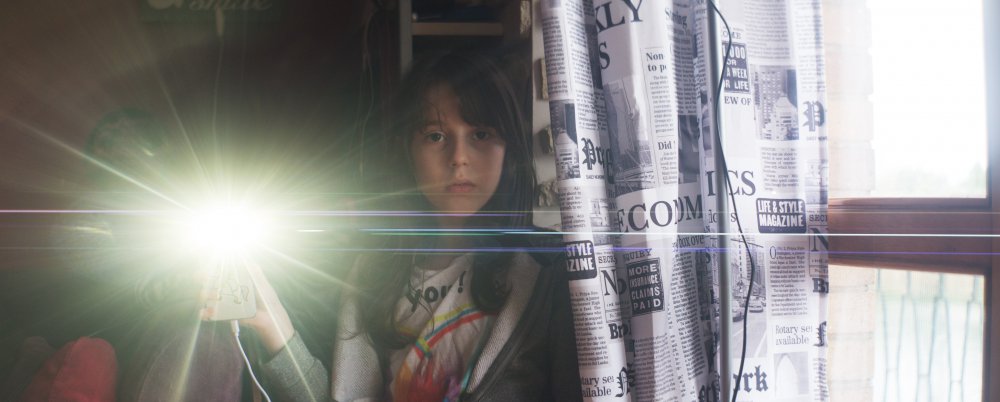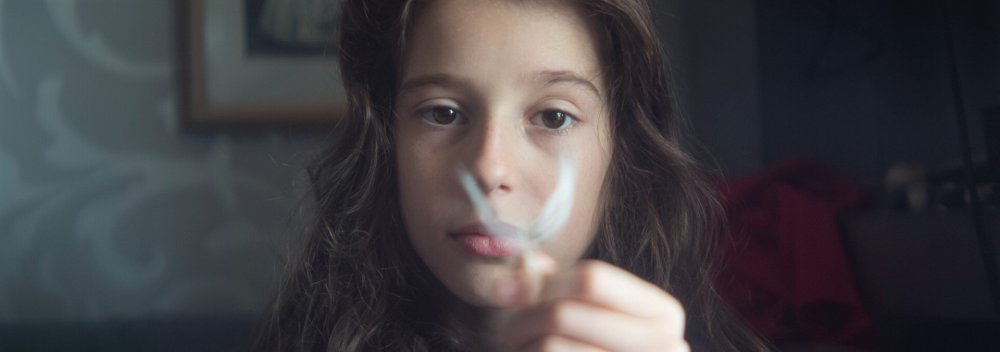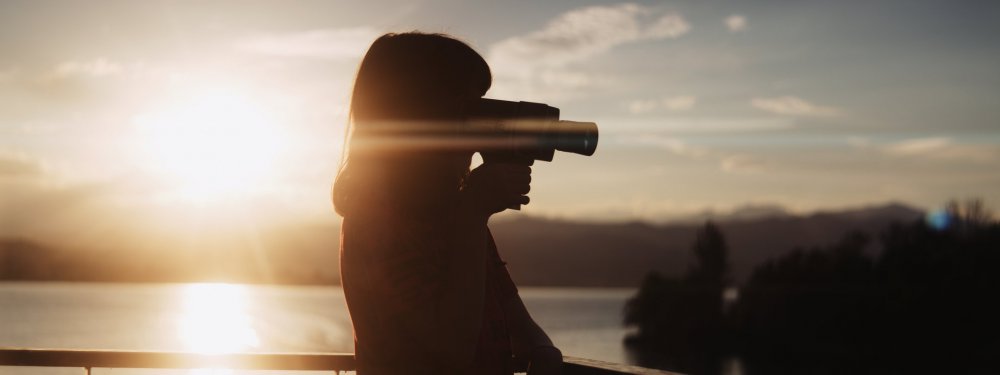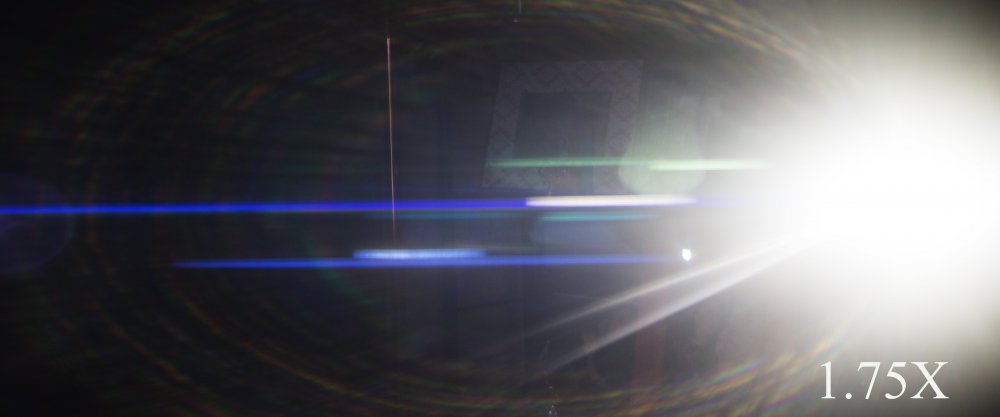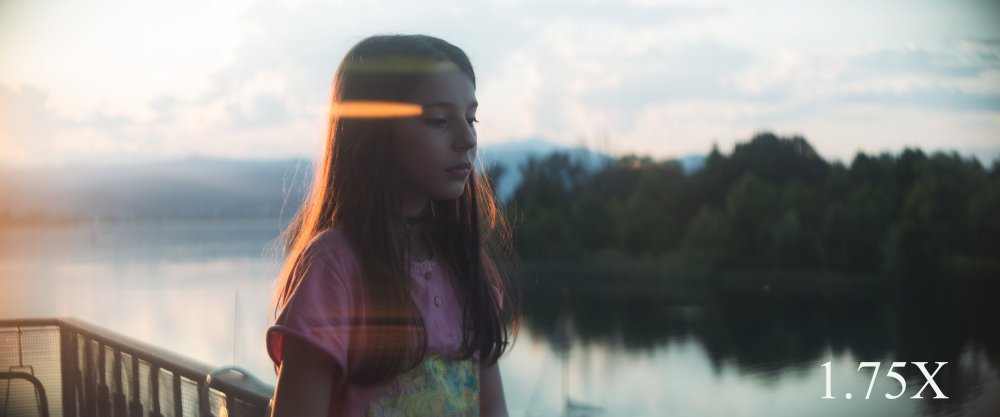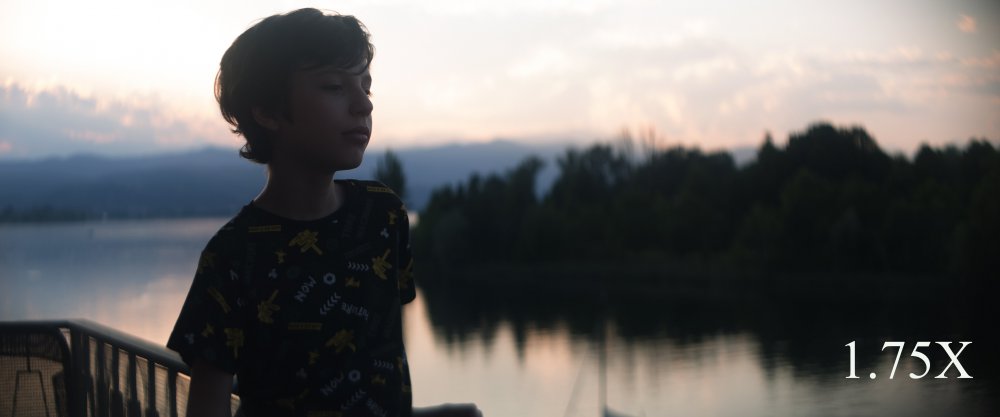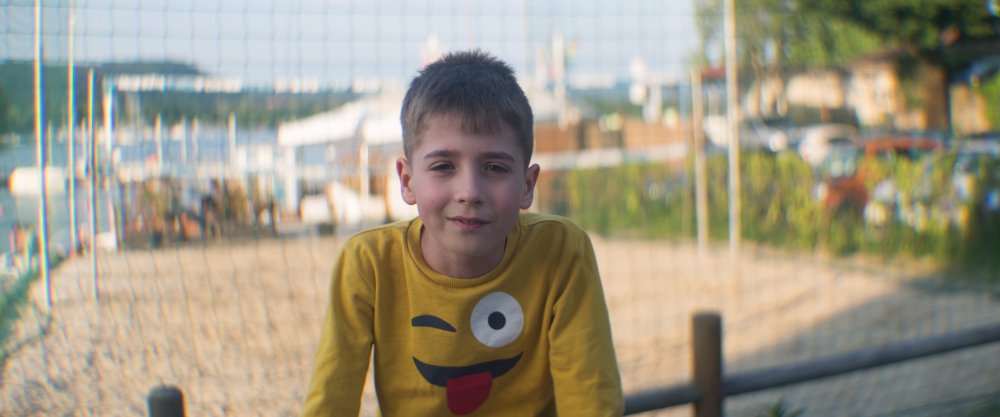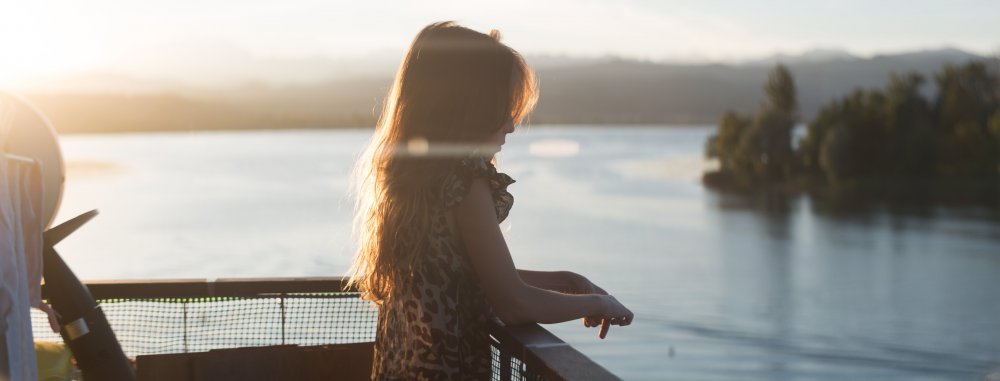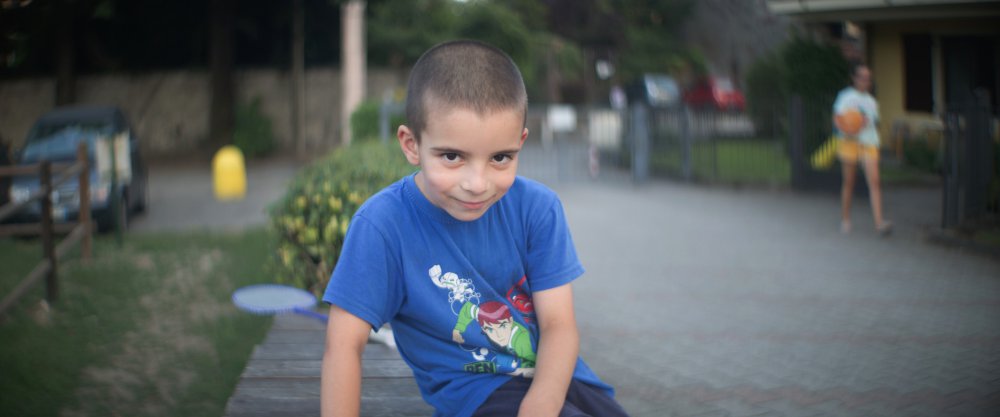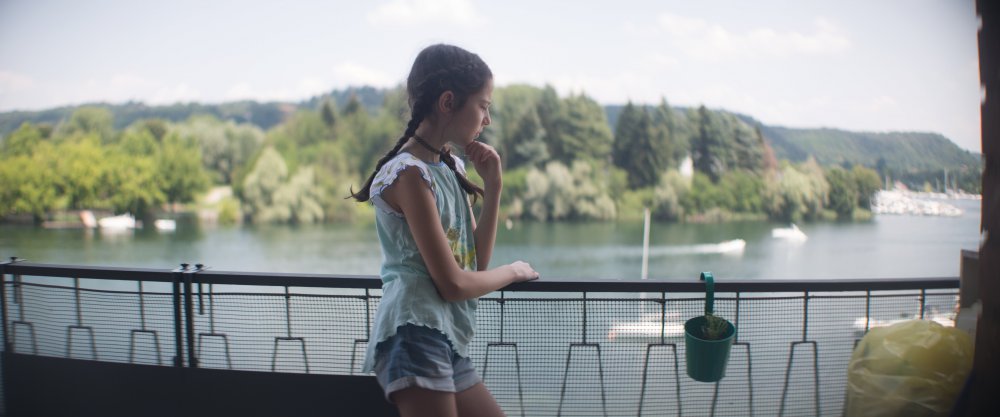Leaderboard
Popular Content
Showing content with the highest reputation on 02/22/2021 in all areas
-
Blackmagic Camera Update Feb 17
EphraimP and one other reacted to BenEricson for a topic
The BMP4K weighs less than the mag on an SR3! A 105mm with no shoulder rig and multiple points of contact won’t end well. The balance, weight and ergonomics of the rig are huge factors to how smooth the shot looks.2 points -
1 point
-

synco g1 opinion
stefanocps reacted to Trankilstef for a topic
I've had a Rode Wireless Go that I sold cause I needed 2 emitters for 2 people interview. So i bought the G1 feom Synco and I was not that satisfied regarding the sound quality. As I mentioned there was some micro cuts that ruined the interviews and the audio quality was not that good compared to Rode. But on the other hand the newer synco models (Wmic TS) are of really good audio quality from the interviews I shot so far. I'd say on par with the Rode or even better.1 point -
Blackmagic Camera Update Feb 17
tupp reacted to BenEricson for a topic
True. I own a Bolex Super 16 with the pistol grip. The weight and 3 point contact make for extremely nice handheld footage. A pistol grip / EVF / would probably work really well on this camera as well. The weight should be good as long as the lens is heavy enough.1 point -

Blackmagic Camera Update Feb 17
BenEricson reacted to tupp for a topic
Well, the 16S, the Bolex, the Krasnogorsk, etc. all had their eyepieces at the rear of the camera, so they weren't shoulder mounted. There were a few tricks that one could practice to keep them stable. There were also other brackets (such as belt pole rigs) that could help. Of course, weight could always be added for more stability. I am with you on shoulder rigs. A balanced shoulder rig is always fairly stable regardless of weight.1 point -

Filters?
BenEricson reacted to kye for a topic
Funny, I looked for the part where they increase the DR of your camera in post, and I couldn't find it. I consulted the laws of physics, who seemed dubious but referred me to their friend AI. AI said they're working on it, but it would be easier just to buy a contrast reduction filter and use it while shooting.1 point -
Filters?
BenEricson reacted to barefoot_dp for a topic
Don't believe everything you see on the internet! 🤣🤣 They've even added digital lens flares to the "before" images. The picture with the sun in the frame would be exactly the same in the before/after in real life, which shows that not only are they flogging junk, but they don't even understand what their junk is supposed to do! Yes, please tell me more about how I can digitally add back the shallow DOF and motion blur that is lacking if I shot outside at f11 & 1/400th without ND's! As for diffusion filters, it's generally much faster (& therefore cheaper) to get the effect in camera, regardless of how well you can digitally add it in later.1 point -
1 point
-

Blackmagic Camera Update Feb 17
BenEricson reacted to Emanuel for a topic
I struggle to understand how any people can even think to ignore ISO as same old school way to properly choose ANY capture set up in fact to begin with (E :- )1 point -
Flip-Out Screen Cameras On A Gimbal???
Trek of Joy reacted to Mark Romero 2 for a topic
Thanks for sharing your experience with this, @Trek of Joy @gt3rs @scotchtape @UncleBobsPhotography I think with my weebill S the main problem would be if I accidentally press the function button three times in a row (instead of two times) which puts the gimbal in to selfie mode. So maybe spinning around the camera would cause the LCD to crash in to the extension handle . My weebill s is a bit temperamental in that it when I want to click the function button twice (to bring the camera back to straight and level), it ends up acting like I clicked it three times.1 point -
1 point
-

SONY FX3 new camera to be announced
Trek of Joy reacted to EphraimP for a topic
The micro HDMI on my Mavic 2 Pro broke as well. That one was user error on my part (I tried to plug the charger in the wrong way) but they are pretty fragile and break without much force. Luckily it was easy to swap out the board that the port is on at home. I'm not so sure it would be easy to replace a port on a camera. If you are using micro-HDMI ports on a camera, I think it's critical to use a cage and clamp, both to protect the cable and port and also to make sure you don't have the cable come loose during a shoot. I agree heartily that cameras that can't host an SDI or full-size HDMI port should go to something like a USB-C port that's reversible and stronger.1 point -
i confess up front i like flowers... m10 mark ii with the 15mm body cap lens between wind gusts this afternoon. I thought the 15mm did pretty well. i have the focus peaking set to the fn3 button. The 15mm has a little lever that allows for some control between 300mm and infinity combined with the peaking on the olympus, it allows for a small measure of control. Apart from resizing the jpegs are straight from the camera. not much vignetting either i think maybe noone was full frame ?1 point
-
Some Galileo action going on
AndreasK reacted to Caleb Genheimer for a topic
I’ve done a decent amount of front/rear group mismatch pairing. What I’ve found is this: 1. you can often find mismatched pairings that function at equivalent quality to their matched arrangement. 2. mismatched pairings are not able to be focused, meaning that they are in focus only at infinity. (This is different from what anamorphic users refer to as “dual focus.” The anamorphic is infinity only just to be clear.) 3. The maximum angle of view is determined by the front element group, and cannot be changed. (Note a key distinction however that the squeeze ratio changes, which DOES change which taking lens focal length will be associated with the unchanging angle of view. This also means that the vertical field of view changes as well.) 4. the source-point flare comes from the rear element group, the secondary mirrored flare comes from the front element group. To take all of this and give a specific example, let’s say I’m trying out pairings with the front element group from my Kowa 16-H. On my Blackmagic PCC4K, lets say my favorite lens to use with it stock is my Canon FD 24mm, which also happens to be the widest lens I can use if my final delivery is going to be a tasty, vignette-free 2.39:1. Let’s move on now to the (imaginary) mismatch pairing. I have an old B&L CinemaScope kicking around, and I pair the rear grouping from this scope with the front grouping from my 16-H, in front of my 24mm, which is set to infinity. The B&L elements are nice and cozy right up against the 24mm’s front, but things look blurry. I move the 16-H front grouping in and out until I get a nice sharp image. Neat! If I focus the 24mm on something closer, say, my C-stand at 5’ from camera, I can’t seem to achieve anything sharp no matter what the distance is between the Kowa and B&L element groups. Oh well... infinity it is! (That’s what variable diopters are for anyway, right?) Ok, so we have our trusty 24mm. We have a Frankenstein of glass from two scopes in front of it, and it’s nice and sharp (at least at infinity,) so what now? Well, let’s shoot a chart, pull some footage into an NLE, and figure out what the squeeze of our new Frankenscope happens to be. A quick stretch of the footage to where the chart looks normal reveals..... 1.75X! Neat! Now, there’s definitely some vignette, but that’s ok, we’re after 2.39:1 delivery. Let’s crop in until the vignette goes away, shall we? The result? vignette free when cropped to 3:1. That’s cool, we could probably go a little wider with the spherical lens. A quick scour through the camera bag unearths a LUMIX 21mm lens. Let’s ditch the 24mm and try the 21mm. Abracadabra, drop some 21mm footage into the timeline, desqueeze and crop out the vignette: 2.39:1. There now exists a 1.75X scope that can go as wide as a 21mm taking lens! That’s a wider taking lens than the Kowa could handle stock! Or is it? A meander through the maths: 21/1.75=12mm lens equivalent horizontal 24/2=12mm lens equivalent horizontal BUT!!! (You may say, and you’re correct) there is no vertical squeeze factor here, so vertically, the 21mm is STILL wider than the 24mm. Yes. You are using a wider focal length lens, but your horizontal field/angle of view remains unchanged. The two scope configurations both are and aren’t equivalent to each other. Oh the joys of anamorphic. This is why anamorphic lenses are said to have two focal lengths (one horizontal and another vertical,) and it’s why we get oval bokeh too! The final kicker is when we add our variable diopter of choice: an SLR Magic Rangefinder. The stock Kowa is now choked to a maximum of 28mm, and the Frankenscope can only do 25mm. It turns out that in practical application, the limit of all wide anamorphic adapter setups is the variable diopter, not the scope. The new Rapido FVD-35 is right at the limits of the very widest anamorphic adapters. What’s more, a bigger diopter setup to squeeze out those last few distorted degrees of angle-of-view would be laughably gigantic. The FVD-35 is 134mm in diameter. That means it already sits only 2cm above a 15mm LWS rod setup, so unless you want to go full 19mm studio rods and use 6.5X6.5 mattebox for filtration, the FVD-35 will do “just fine.” Why, then, would anyone bother to Frankenscope? Well, because lenses are so much more than the numbers. Even by the numbers, you might prefer a novel squeeze ratio. You might want beautiful mixed gold and teal flares. You might want the thick, lush flares from an old scope with some added sharpness and contrast from one more modern. You might want a unique look, that’s all your own, completely custom. Besides that, the experimentation is really fun! A quick look at remotely reasonable anamorphic offerings reveals: Xelmus has a 40mm and Atlas has a 32mm, both of which only cover a standard 35mm open gate. The FVD-35 is right in this ballpark in any case. Unless you find an exceptionally rare 22mm LOMO, or rent some top shelf glass, you’re not going to go wider... never mind that depth of field becomes so deep when this wide that the differences between spherical and anamorphic are difficult for most people to differentiate. As someone who hacked scopes apart to try and go wider, here’s my conclusion: do what works for you, but you’re gonna need a big variable diopter, because that’s the bottleneck. After that, find your wide scope of choice, Frankensteined or stock, it’s just preference. I had some awesome results from very humbly priced pairings. I bought a half dozen or so scopes off eBay, and did my level best to spend $100 or less on each. A great trick is taking big/long adapters meant for 35mm projection, and pairing their front element groups with rears from shorter 16mm projection scopes. As a general rule, this seems to significantly shorten the scope’s length, and reduces the squeeze factor. There are a plethora of theoretical 1.8X, 1.75X, 1.5X, and 1.33X custom scopes out there for anyone with the willpower and funding to go on a mix and match bonanza.1 point -
im in. this is from 1.6x scope, first test with 50f2:1 point
-
Tinkering with lenses and hacking together stuff is what makes anamorphic fun to me, I think some people totally miss the point of why many of us do it.1 point
-
1 point
-
1 point
-
Some Galileo action going on
webrunner5 reacted to rokkimort for a topic
Sorry, I did not mean to sound mean. But this is not how internet works, I am free to voice my opinion. I see a BS post and I call it out. OP pretentiously talks about "galilean action" and "horizontal artifacts", yet the images are highly uninspiring home shots with some of the ugliest flares I've seen. Then he proceeds to post lenses that look butchered. It seems he just took a hacksaw to some schneider cinelux lenses, then butchered some other lenses and randomly paired elements until he got a useable image. Using pseudo scientific terms to describe this process does not make it anything different. Just pure lens hacking. Pointless exercise, because no self-respecting DP will use something like this to shoot anything remotely important. Sure, if you want to learn by destroying lenses – go ahead. They don't make them anymore though. But what really worries me is that I see at least 4 different kids in these shots. I don't know how old OP is, and I don't want to assume their gender, but this is not normal.-1 points -
Filters?
tupp reacted to androidlad for a topic
Other than polarisation filter, all filter effects can be precisely emulated digitally in post. This allows for much greater and finessed control and guarantees glare-free.-1 points

